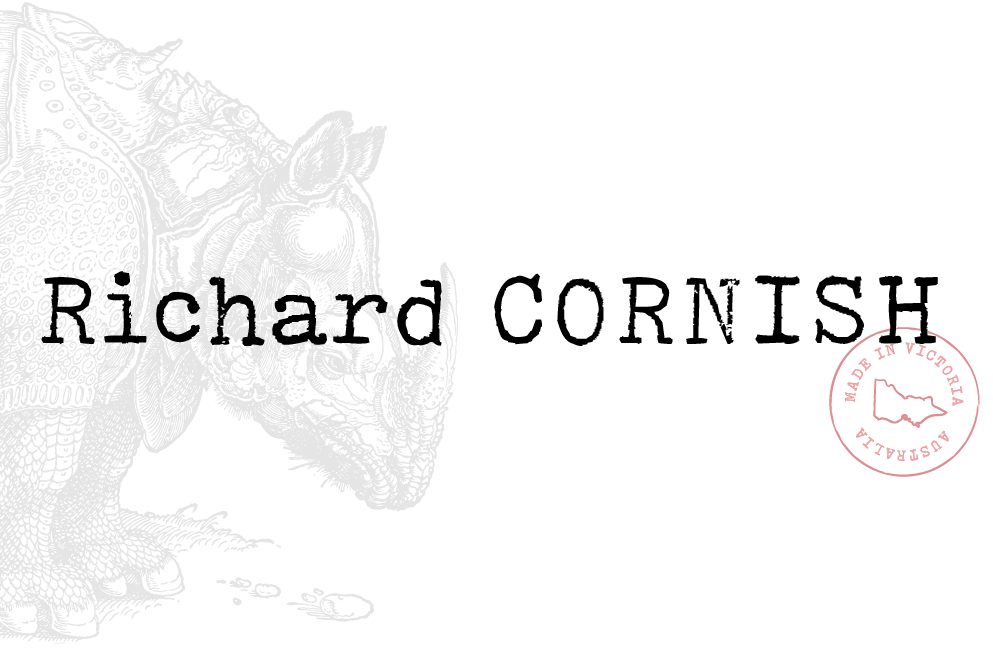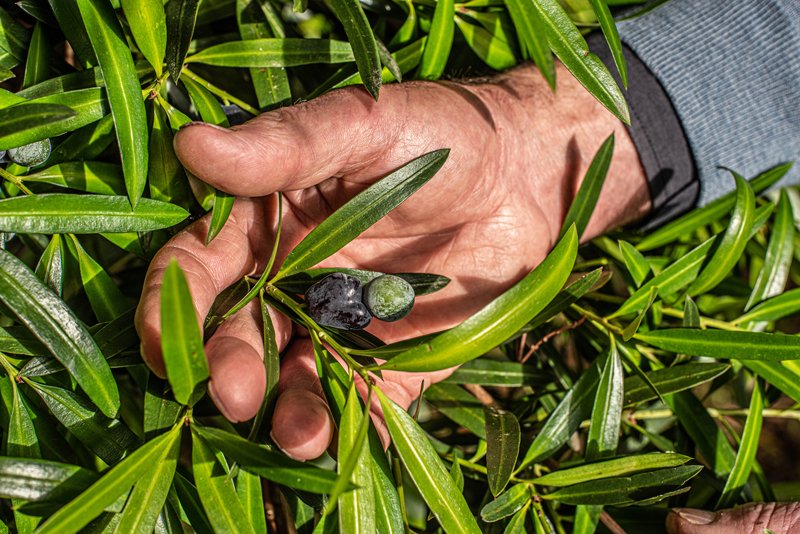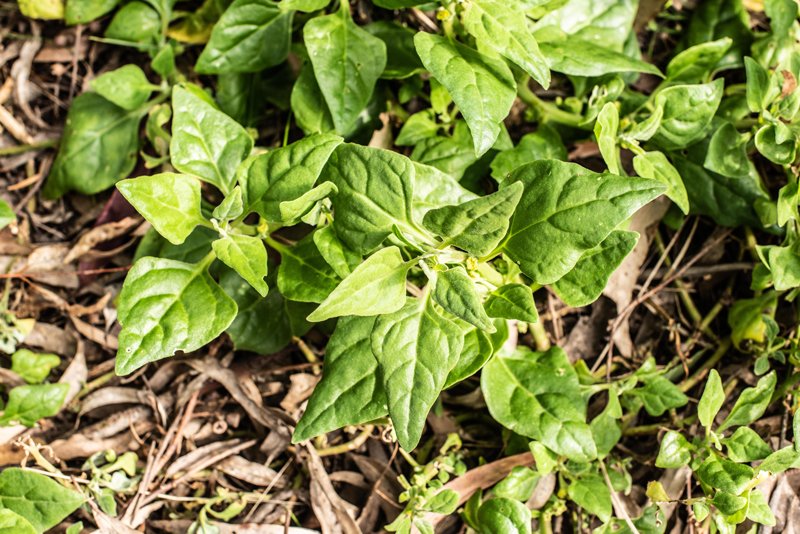Australian Bush Food Eden in West Gippsland
Peppermint Ridge Farm
Anthony Hooper and Julie Weatherhead, Peppermint Ridge Farm. Image by Richard Cornish.
A plate of Anzac biscuits, still cooling from the oven, sits on the table. The air is filled with notes of butter and caramelised sugar. And citrus. Julie Weatherhead, chef and co-founder of Peppermint Ridge Farm, draws in the aroma and looks pleased. “That’s lemon myrtle,” she says. “It’s a native plant popular in the early 20th century. It was said to be used to flavour Anzac biscuits sent to troops in the First World War,” Julie adds. She and her husband, Anthony Hooper, were at the forefront of the non-Indigenous renaissance of propagating, growing, and promoting native food and medicine plants.
Anzac Biscuits, Peppermint Ridge Farm, West Gippsland. Image by Richard Cornish
In the late 1800s, colonial Australians were beginning to understand the importance of natural botanical bounty. Eucalyptus was harvested and distilled into oil for medicinal purposes during the gold rush. By the 1860s, Queenslanders had identified macadamia as a food species and planted specimens in the Brisbane Botanical Gardens. Instead of a local industry based on native botany growing, the mantle was taken offshore. American sugar plantation owners started planting macadamias in Hawaii in the late 1800s. Instead of being harvested and distilled into essential oil in Australia, the French took the fragrant wattle and grew it in Continental Europe. For much of modern history, non-Indigenous Australians turned their back on their native plants as sources of food and medicine.
Back in 1995, Julie and Anthony embarked on a rural adventure to return their cleared farming block into productive property, but with large areas of native revegetation. Julie’s family had long been involved in forestry, an irony not lost on the pair when they started replanting their farm at Tynong North, about an hour east of Melbourne via the Princes Highway, West Gippsland. When nearby roadworks unearthed Indigenous stone tools, it sparked in the pair an immersion into understanding the foodways and cultures of the local Kulin peoples and lifelong relationships with contemporary elders. Native trees were soon underplanted with native food plants such as Illawarra plum and endemic prickly currant spontaneously regenerated on the property.
After almost 40 years, Peppermint Ridge Farm is an extraordinary display garden, café, education centre, native bush foods plant nursery, and place to exchange ideas. Anthony leads us to a deep green bush, some five metres high. Covered in deep blue fruit the size of broad beans, the Illawarra plum sits between two blackwood trees. Its fruit is beautifully balanced between sweet and sour with a rich, almost mucilaginous mouthfeel. Research has revealed that the fruit is super dense in nutrition, with those sticky sugars beneficial for gut health. “This is a rainforest plant and loves the shelter of the other trees,” says Anthony. He cites an example of where mountain peppers were planted in rows in the open like apples with little success. “To grow bush foods commercially, we need to replicate natural systems, learn from the chaos of nature,” Anthony says that at present many of the most popular bush foods used in the food industry, from restaurants to flavourings for distilleries, are wild harvested. “That is not sustainable,” he says. “Much of the mountain pepper used in Australia comes from the Tasmanian bush. We are harvesting the natural capital, whereas we should be planting more and more and leaving the naturally occurring biomass in place as existing habitat and as a genetic library.”
Anthony Hooper, Peppermint Ridge Farm.
When it comes to the discussion about Indigenous sovereignty over knowledge over the use of bushfoods and bush medicine, Anthony and Julie do not sidestep the issue. “It is a tension we live with daily,” he says. “It is not something we advertise, but we have very close relationships with Indigenous groups and work collaboratively to encourage greater Indigenous participation in the bush food industry. It is a very complex field, and it is about establishing and building on real relationships and trust.”
Anthony walks us to the ‘kitchen garden’. It is a collection of native bush food plants that seem to be growing over themselves. In this almost impenetrable wall of green are strawberry gums, anise myrtles, lemon myrtles and even a native tamarind, plants from subtropical parts of the country that seem to thrive in this protected part of the world. We wander back into the old Nar Nar Goon North schoolhouse, moved to the site in 1996.
Julie Weatherhead
A tour of Peppermint Ridge concludes with four course lunch made with botanicals collected in the garden and plantations. While Anthony and Julie are on the property almost all the time, all visits, including purchases in the nursery, are by appointment. Visiting Peppermint Ridge Farm is not a transactional experience, it is immersive, like taking a guided tour of an art museum or museum house. For anyone interested in bush foods and the post-colonial relationship with Indigenous Australia, this is a valuable experience.
Australian Native Food Harvest by Julie Weatherhead book of recipes, food, culture and gardening and is available online.
Australian Native Food Harvest. A guide for the passionate cook and gardener. Available to purchase here.







